- Young Professionals’ YPSat headed to Ariane 6
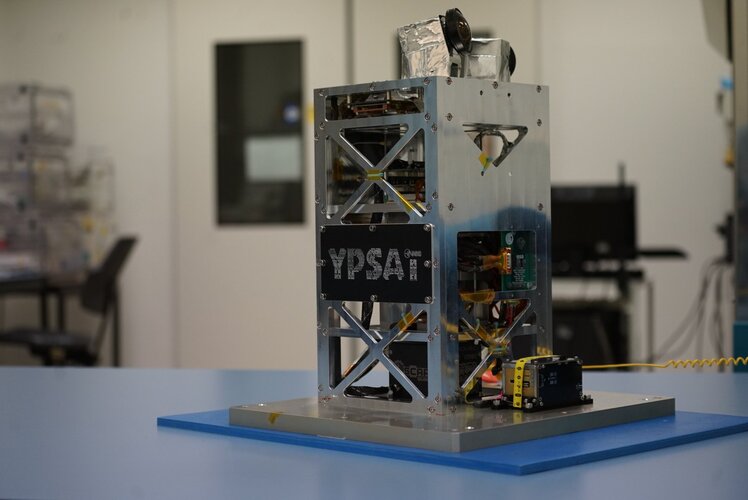 ESA’s YPSat has been shipped to Arianespace. Following a series of successful tests confirming its readiness for deployment, the payload is now headed to Europe’s Launch Site in French Guiana. The goal of YPSat is to capture all the key phases of Ariane 6's inaugural flight. Read more »Source: ESA Space Engineering & Technology | Published: 25th April 2024 - 14:38
ESA’s YPSat has been shipped to Arianespace. Following a series of successful tests confirming its readiness for deployment, the payload is now headed to Europe’s Launch Site in French Guiana. The goal of YPSat is to capture all the key phases of Ariane 6's inaugural flight. Read more »Source: ESA Space Engineering & Technology | Published: 25th April 2024 - 14:38 - Hera asteroid mission’s side-trip to Mars
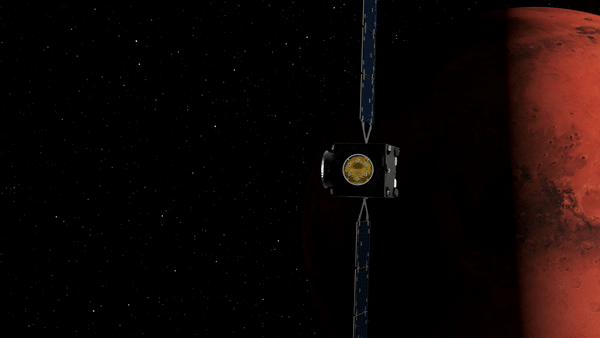 ESA’s Hera asteroid mission for planetary defence will make a swingby of Mars next March, borrowing speed to help reach its target Didymos binary asteroid system. Read more »Source: ESA Space Engineering & Technology | Published: 25th April 2024 - 06:37
ESA’s Hera asteroid mission for planetary defence will make a swingby of Mars next March, borrowing speed to help reach its target Didymos binary asteroid system. Read more »Source: ESA Space Engineering & Technology | Published: 25th April 2024 - 06:37 - Virtual tour of ESA’s Test Centre
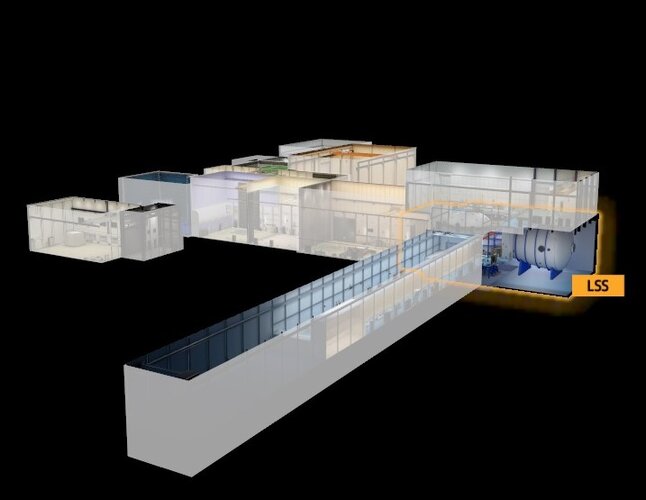 Image: Virtual tour of ESA’s Test Centre Read more »Source: ESA Space Engineering & Technology | Published: 24th April 2024 - 09:25
Image: Virtual tour of ESA’s Test Centre Read more »Source: ESA Space Engineering & Technology | Published: 24th April 2024 - 09:25 - Calling all researchers: carry out part of your projects in ESA labs
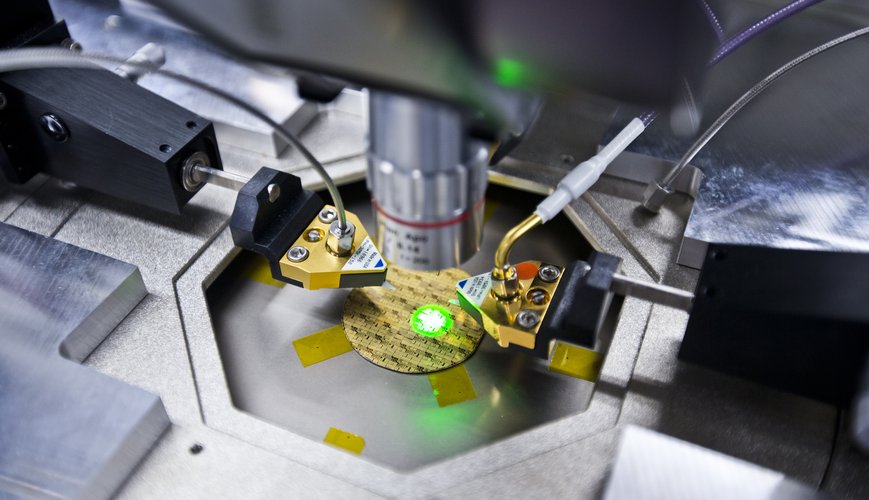 Are you working on a space-related research project? Do you think that you would benefit from access to ESA facilities? Apply to carry out research at ESA via our latest Open Space Innovation Platform (OSIP) Channel. Read more »Source: ESA Space Engineering & Technology | Published: 17th April 2024 - 13:20
Are you working on a space-related research project? Do you think that you would benefit from access to ESA facilities? Apply to carry out research at ESA via our latest Open Space Innovation Platform (OSIP) Channel. Read more »Source: ESA Space Engineering & Technology | Published: 17th April 2024 - 13:20 - Planetary defenders assemble!
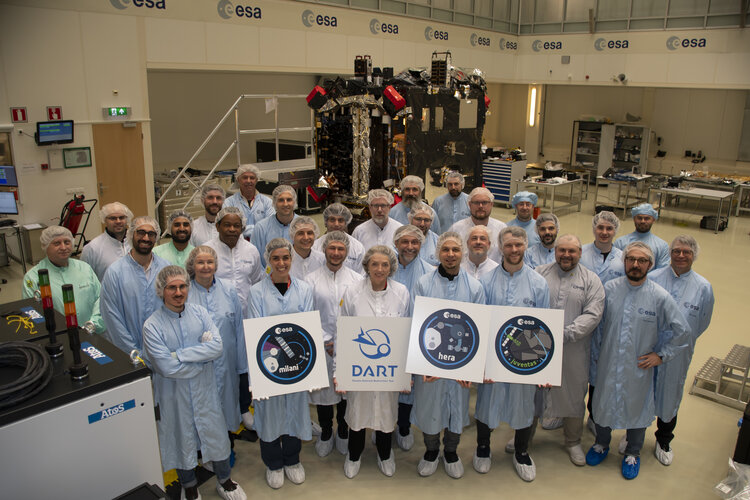 Image: Planetary defenders assemble! Read more »Source: ESA Space Engineering & Technology | Published: 15th April 2024 - 15:05
Image: Planetary defenders assemble! Read more »Source: ESA Space Engineering & Technology | Published: 15th April 2024 - 15:05 - Blowtorch effect of satellite reentry
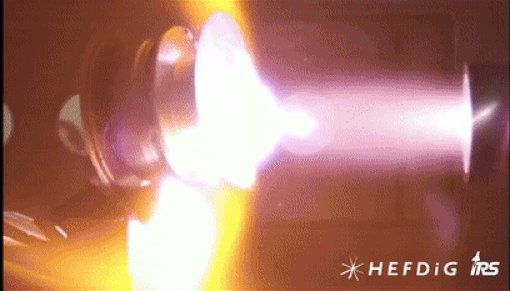 Image: Blowtorch effect of satellite reentry Read more »Source: ESA Space Engineering & Technology | Published: 11th April 2024 - 12:29
Image: Blowtorch effect of satellite reentry Read more »Source: ESA Space Engineering & Technology | Published: 11th April 2024 - 12:29 - Simulating tumbling reaction wheel reentry
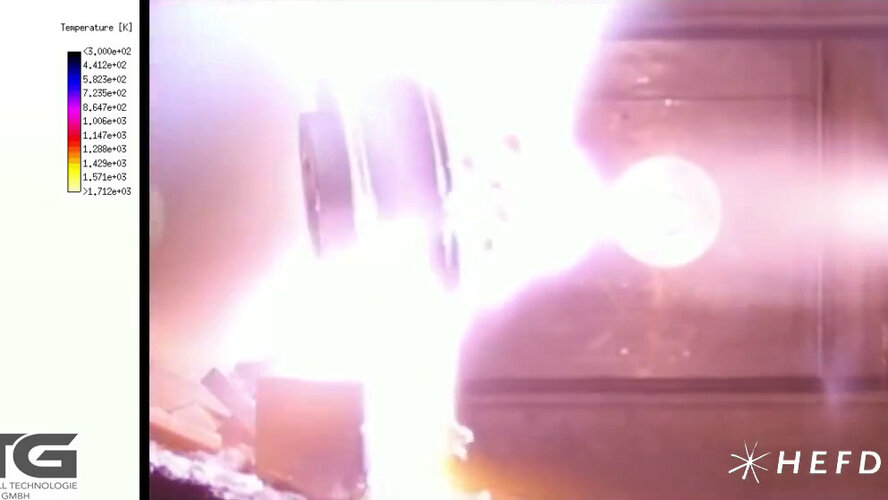 Video: 00:02:04 A reaction wheel – one of the heaviest parts of a space mission, its changing rotation used to shift a satellite’s orientation – seen in a plasma wind tunnel belonging to the High Enthalpy Flow Diagnostics Group (HEFDiG) at the University of Stuttgart Institute of Space Systems (IRS). Arc-heated gas in the test chamber reaches speeds of several kilometres per second, reproducing reentry conditions, while the reaction wheel itself is being rotated, reproducing the tumbling that takes place as a satellite plunges through the atmosphere.The reaction wheel itself comes from Collins Aerospace in Germany, which has supported Design for Demise (D4D) activities for many years and introduced several modifications to their TELDIX reaction wheel making it more likely to come apart during satellite reentry in support of demisability.This test clip was presented during this year’s Space Mechanisms Workshop at ESA’s ESTEC technical centre in the Netherlands, focused on current and future requirements and guidelines to reduce the risk from orbital debris, including ESA’s Zero Debris Charter. The event was attended by more than 130 space mechanisms specialists from European industry and academia. Read more »Source: ESA Space Engineering & Technology | Published: 11th April 2024 - 09:00
Video: 00:02:04 A reaction wheel – one of the heaviest parts of a space mission, its changing rotation used to shift a satellite’s orientation – seen in a plasma wind tunnel belonging to the High Enthalpy Flow Diagnostics Group (HEFDiG) at the University of Stuttgart Institute of Space Systems (IRS). Arc-heated gas in the test chamber reaches speeds of several kilometres per second, reproducing reentry conditions, while the reaction wheel itself is being rotated, reproducing the tumbling that takes place as a satellite plunges through the atmosphere.The reaction wheel itself comes from Collins Aerospace in Germany, which has supported Design for Demise (D4D) activities for many years and introduced several modifications to their TELDIX reaction wheel making it more likely to come apart during satellite reentry in support of demisability.This test clip was presented during this year’s Space Mechanisms Workshop at ESA’s ESTEC technical centre in the Netherlands, focused on current and future requirements and guidelines to reduce the risk from orbital debris, including ESA’s Zero Debris Charter. The event was attended by more than 130 space mechanisms specialists from European industry and academia. Read more »Source: ESA Space Engineering & Technology | Published: 11th April 2024 - 09:00 - ESA chooses technologies for future space transportation
 ESA supports and accelerates disruptive technologies that will best meet ESA’s future space transportation needs for the 2025–2040 period. What comes next for top-ranked proposals? Read more »Source: ESA Space Engineering & Technology | Published: 9th April 2024 - 09:00
ESA supports and accelerates disruptive technologies that will best meet ESA’s future space transportation needs for the 2025–2040 period. What comes next for top-ranked proposals? Read more »Source: ESA Space Engineering & Technology | Published: 9th April 2024 - 09:00 - Solar eclipses – and how to make them
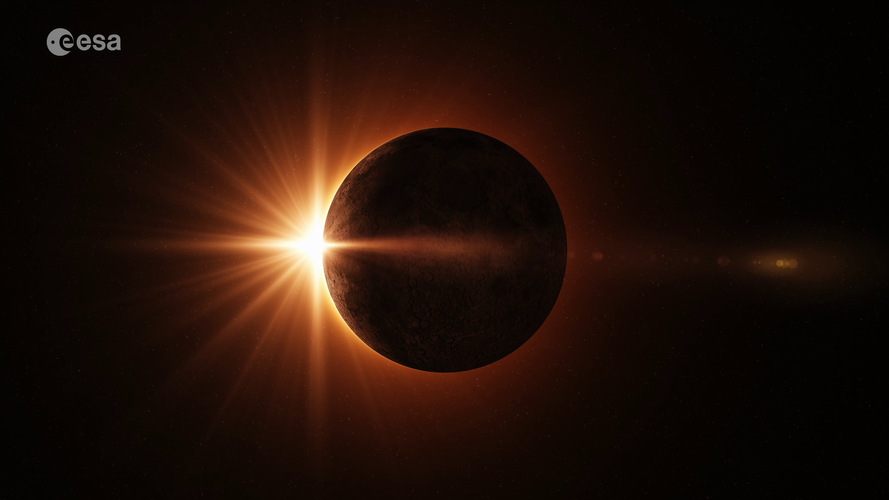 Video: 00:03:39 During a solar eclipse the Earth is plunged into darkness and the Sun’s ghostly atmosphere becomes visible. Scientists travel the globe to experience total solar eclipses, which occur for just a few minutes at a time every 18 months or so. But what exactly causes solar eclipses, and how do scientists try to make their own, including with ESA’s new Proba-3 mission?Access the related broadcast quality video material. Read more »Source: ESA Space Engineering & Technology | Published: 8th April 2024 - 13:00
Video: 00:03:39 During a solar eclipse the Earth is plunged into darkness and the Sun’s ghostly atmosphere becomes visible. Scientists travel the globe to experience total solar eclipses, which occur for just a few minutes at a time every 18 months or so. But what exactly causes solar eclipses, and how do scientists try to make their own, including with ESA’s new Proba-3 mission?Access the related broadcast quality video material. Read more »Source: ESA Space Engineering & Technology | Published: 8th April 2024 - 13:00 - 3D-bioprinted blood vessel
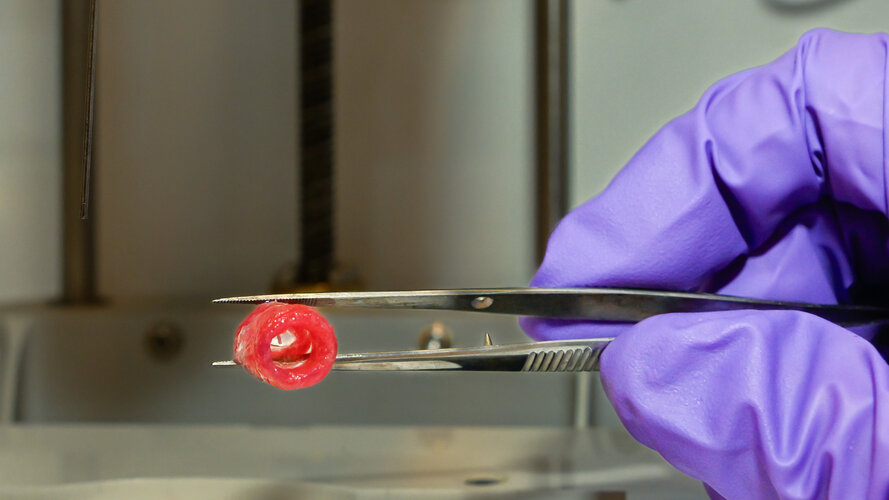 Image: 3D-bioprinted blood vessel Read more »Source: ESA Space Engineering & Technology | Published: 4th April 2024 - 13:16
Image: 3D-bioprinted blood vessel Read more »Source: ESA Space Engineering & Technology | Published: 4th April 2024 - 13:16

